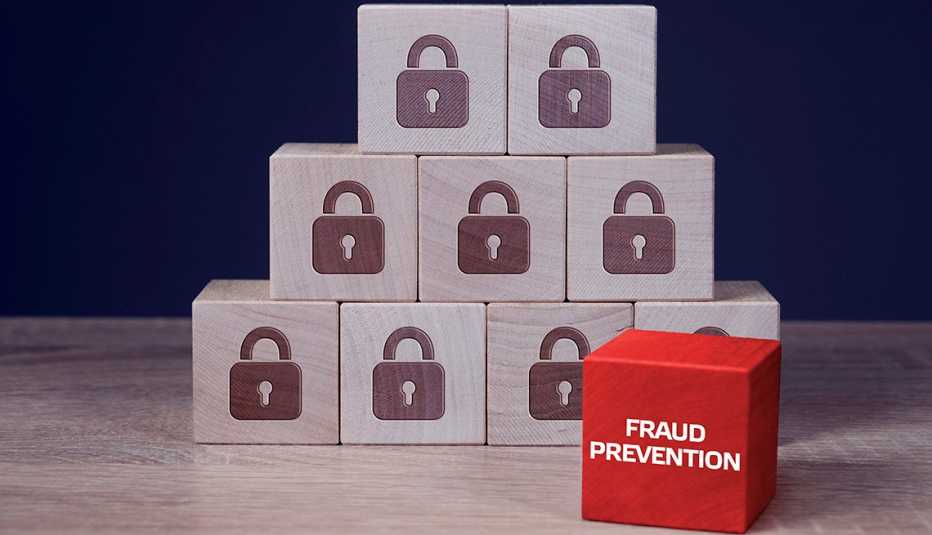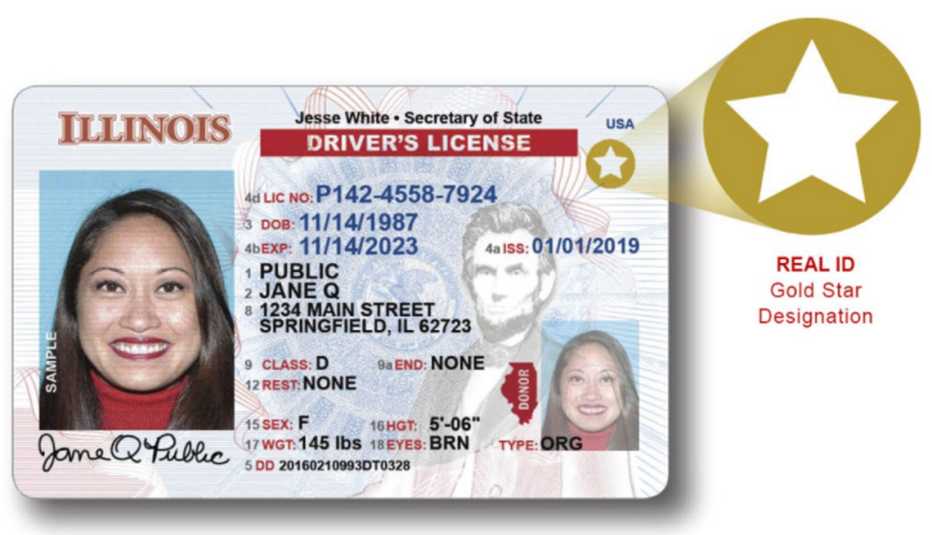Staying Fit
Scam emails supposedly from Sam’s Club recently have wormed their way into inboxes across the country. One of the fake messages invites consumers to answer a bogus 30-second survey for a chance to win a $1,300 Apple laptop or other prize.
After three emails that highjacked the warehouse retailer’s name were shown to Sam’s Club, spokesperson Erin Hulliberger told AARP that the company had not sent them. The big-box store sends emails only from addresses ending with “@SamsClub.com,” she said.


AARP Membership— $12 for your first year when you sign up for Automatic Renewal
Get instant access to members-only products and hundreds of discounts, a free second membership, and a subscription to AARP the Magazine.
The emails shown to Sam’s Club, which were sent in September and October, came from different email accounts from impostors. The messages were phishing emails, Hulliberger said, so recipients should report them to the company and, out of caution, change their Sam’s Club password.
In a phishing attack, cybercriminals try to grab people’s sensitive data by using fraudulent solicitations in emails and on websites. Typically, the crooks masquerade as a representative of a legitimate business or pose as a reputable person, launching thousands of phishing attacks every day — “and they’re often successful,” the Federal Trade Commission (FTC) warns. The agency is among entities tracking what one outside expert characterized as a growing global threat. Here’s the FTC's guidance on staying safe.
500 brands phished in May
A record-breaking 500 consumer brands were hit by phishing attacks in May, according to an international trade group, the Anti-Phishing Working Group (APWG), which tabulates reports and tracks the attacked brands. It does not publicize the brands, so bad actors can’t detect which of their illicit emails bypassed security protocols.
Experts say that if you receive a suspicious email, just hit delete. Equally important: Never click a hyperlink or open an attachment in a sketchy email or interact with the sender in any way.
Airbnb, Amazon and Costco are a few of the well-known companies that have fought bogus emails or websites. Well-known brands also contend with scam phone calls and fake texts, mobile apps, social media posts, special offers and coupons.





































































